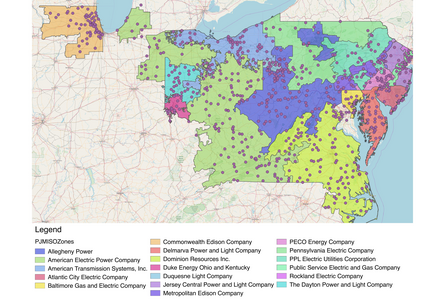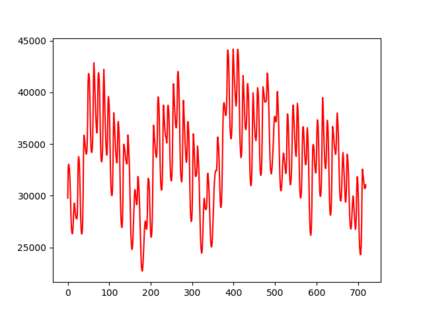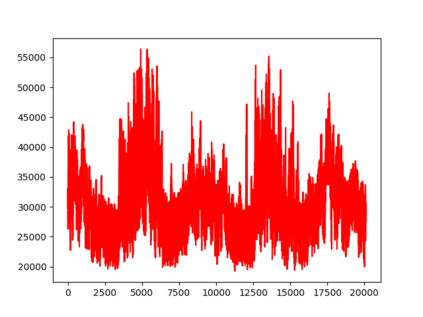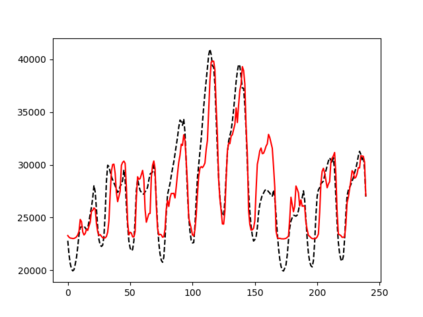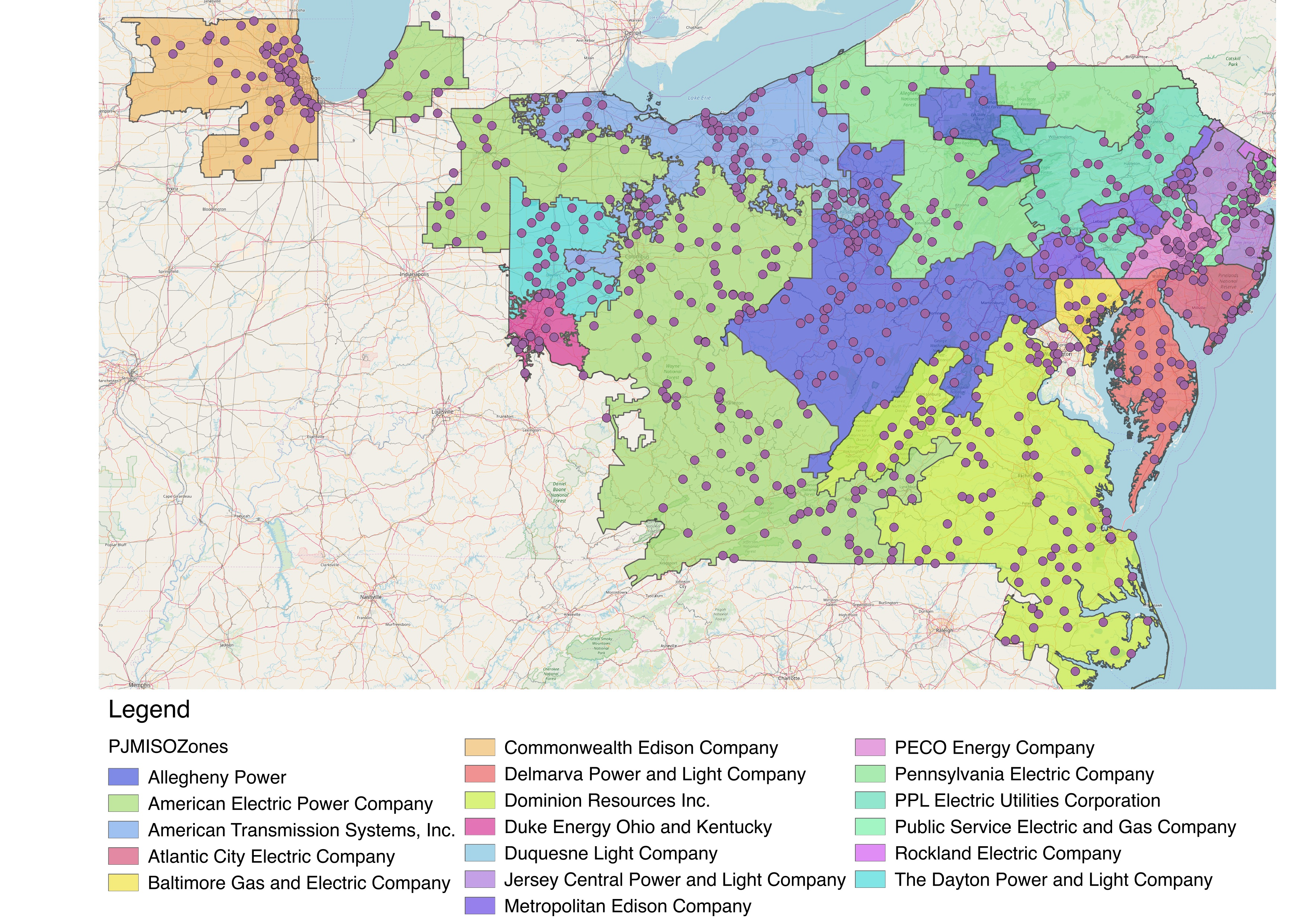Deep Learning is applied to energy markets to predict extreme loads observed in energy grids. Forecasting energy loads and prices is challenging due to sharp peaks and troughs that arise due to supply and demand fluctuations from intraday system constraints. We propose deep spatio-temporal models and extreme value theory (EVT) to capture theses effects and in particular the tail behavior of load spikes. Deep LSTM architectures with ReLU and $\tanh$ activation functions can model trends and temporal dependencies while EVT captures highly volatile load spikes above a pre-specified threshold. To illustrate our methodology, we use hourly price and demand data from 4719 nodes of the PJM interconnection, and we construct a deep predictor. We show that DL-EVT outperforms traditional Fourier time series methods, both in-and out-of-sample, by capturing the observed nonlinearities in prices. Finally, we conclude with directions for future research.
翻译:深度学习应用到能源市场,以预测能源网网中观察到的极端负荷。预测能源负荷和价格具有挑战性,因为由于日常系统限制的供求波动,能源负荷和价格出现急剧的峰值和底线。我们提出了深度时空模型和极端价值理论(EVT),以捕捉这些效应,特别是负载峰的尾部行为。带有RELU和$tanh元激活功能的深 LSTM结构可以模拟趋势和时间依赖性,而EVT则捕捉超过预先规定的阈值的高度波动性负载峰值。为了说明我们的方法,我们使用PJM互联的4719节点的小时价格和需求数据,我们建造了一个深度的预测器。我们显示,DL-EVT通过捕捉观察到的非线性价格,超越了传统的Fourier时间序列方法。最后,我们得出了未来研究的方向。

